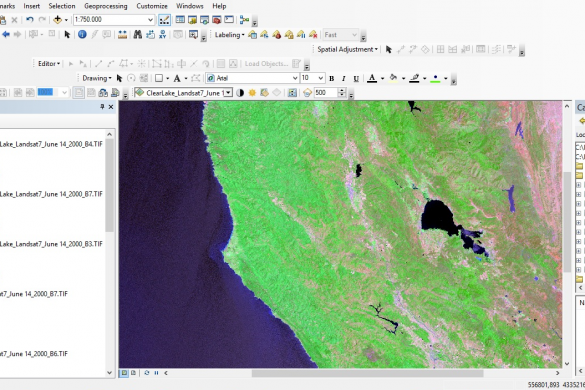

- GOOGLE EARTH PRO TOPOGRAPHY HOW TO
- GOOGLE EARTH PRO TOPOGRAPHY 64 BIT
- GOOGLE EARTH PRO TOPOGRAPHY DOWNLOAD
Now run IMPORTGEMESH in AutoCAD (you must have Google Earth running)and the terrain will be imported to AutoCAD from Google Earth.Center your Google Earth view to the terrain portion you want to import.Browse to your AutoCAD folder and load the AeccDWGToGE.arx file.Run the ARX command in AutoCAD and enter L for Load when it prompts for an option in the command line bar.

GOOGLE EARTH PRO TOPOGRAPHY 64 BIT
ZIP file and find your AutoCAD version installer (first the year and then the 32 or 64 bit option) Browse the PublishDWGtoGE folder that comes from the.Save PublishDWGtoGE.zip to your computer.

GOOGLE EARTH PRO TOPOGRAPHY DOWNLOAD
Download the Google Earth Extension for AutoCAD based Products here.Sign In to your Account at Autodesk Labs.Be sure you have A compatible version of Google Earth (5.x or 6.x) if you don't download it here Be sure you have A compatible version of AutoCAD (2007 or newer in 32bit 2011 or 2012 in 64bit).You might not need to do some of the first steps, but the guide is intended for everyone who doesn't even know about Autodesk Labs. I will basically list the 20 steps (15 for AutoCAD users) with a brief explanation if necessary, I think that's enough to follow the precess.
GOOGLE EARTH PRO TOPOGRAPHY HOW TO
Since I did the research on how to do it, I will share it here. Was recently trying to import a Google Earth Terrain into a Revit Project to show an overall view of it. Map showing active fault traces within the Hayward Fault Zone, including a virtual tour of the Hayward fault in the east San Francisco Bay Region that can be viewed in the Google Earth.Step by step on how to turn a Google Earth terrain into Revit Topography. The hillshades will load once the user has zoomed into an area of interest. The extent of the LiDAR data is shown by the cyan colored outlines. By downloading this file and opening it in Google Earth, users are able to browse hillshades with two illumination angles (315 and 45 degrees) for faults in the northern San Andreas fault system. Interactive tour of San Francisco Bay Area faults and earthquake history featuring ground-shaking maps, historic photographs, quotes from earthquake survivors, and more.ġ-meter resolution bare earth hillshades from the Northern California GeoEarthScope LiDAR topography dataset. Virtual Tour of the 1906 San Francisco Earthquake You can also learn how urbanization has changed the Bay Area landscape since 1868. You can view historic damage photographs side-by-side with modern photos taken from the same vantage point. Using this self-guided, virtual tour of the 1868 quake in Google Earth you can learn about the 1868 earthquake, visualize its effects, and better plan for its expected repeat. Virtual Tour of the 1868 Hayward Earthquake The outermost shell of the Earth consists of a mosaic of rigid “plates” that have been moving relative to one another for hundreds of millions of years.Įxplore multiple Google Earth layers related to the geology and geologic hazards of the greater Bay Area. Pop-up displays tectonic summaries for each M7+ earthquake from 2000 to 2015 with basic event information and a link to the event data in the earthquake catalog. Tectonic Summaries for M7+ Earthquakes 2000-2015 Search the ComCat earthquake catalog, and choose KML for the output format.


 0 kommentar(er)
0 kommentar(er)
